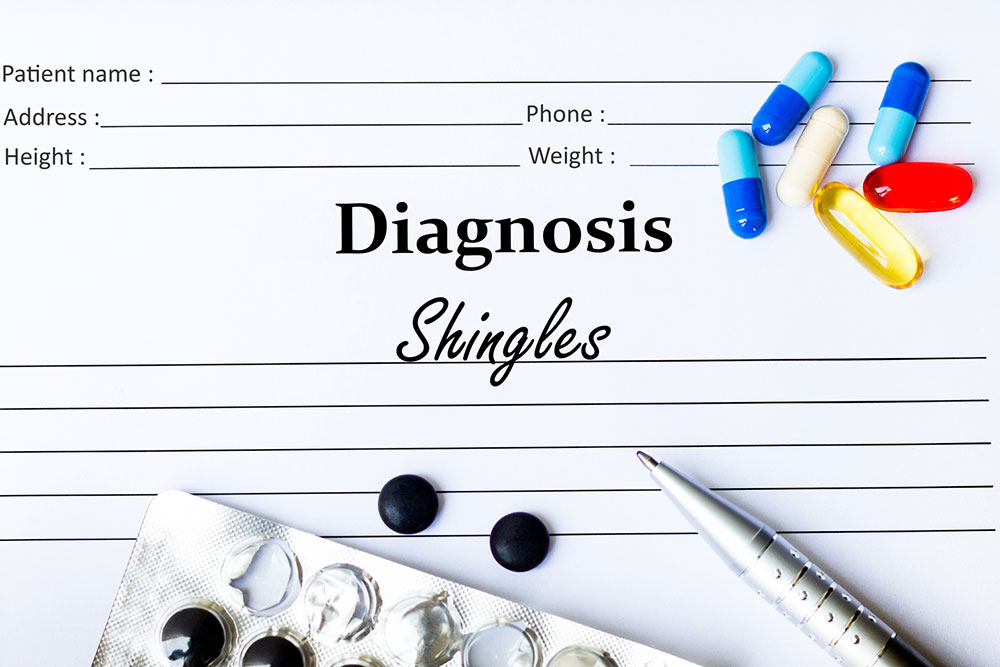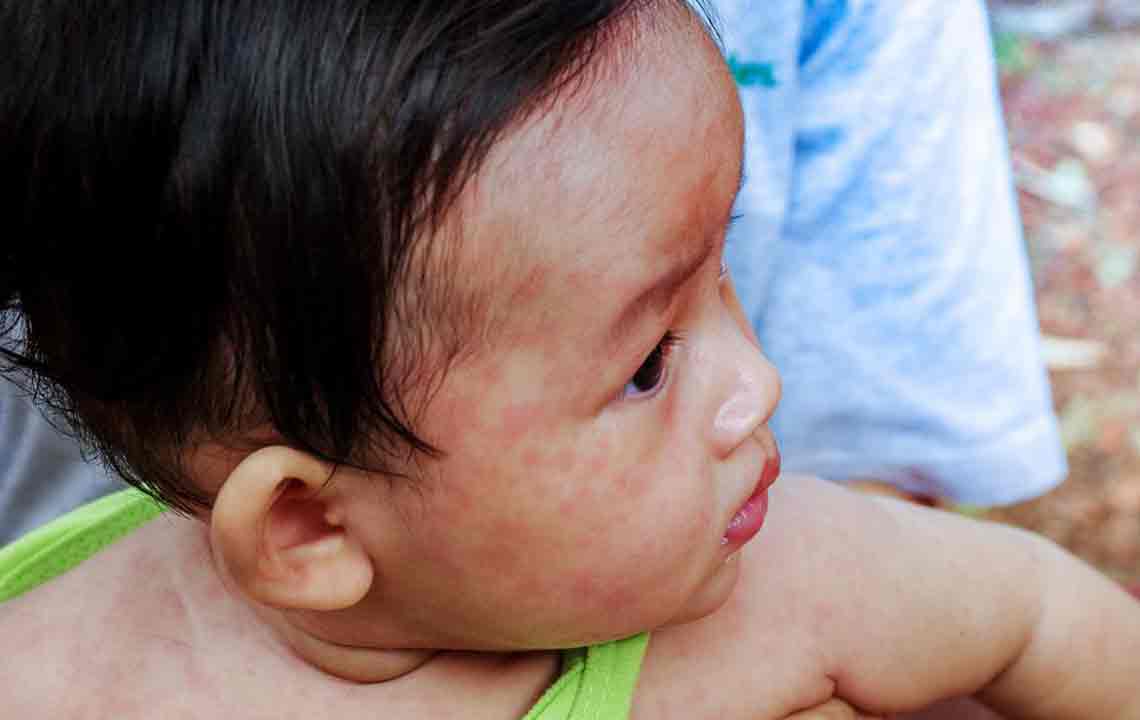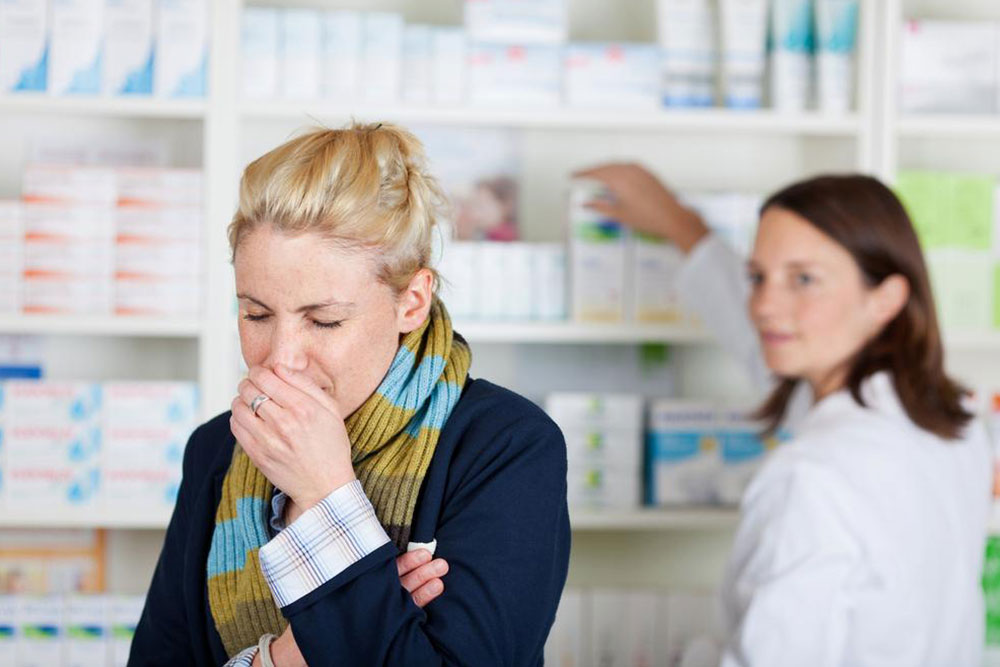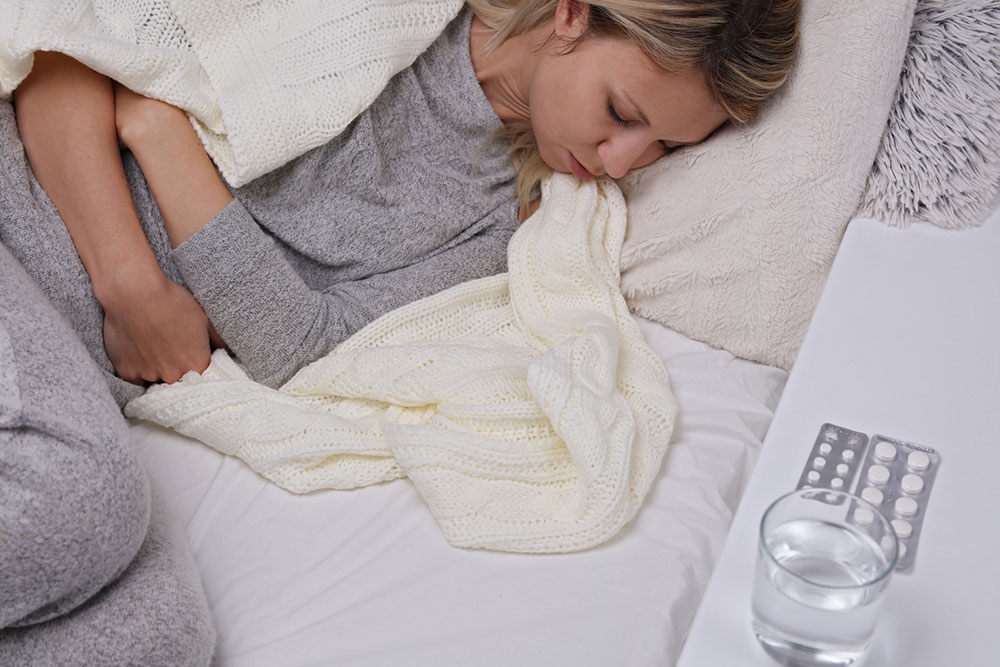Understanding Shingles: Symptoms and Effective Management Strategies
This comprehensive guide explores shingles symptoms, including pain and rash, and offers effective treatment options such as antiviral medications, home remedies, and dietary tips. It emphasizes the importance of prompt medical care, especially for high-risk groups, and provides advice on when to seek professional help. Preventive vaccination is also highlighted as a key strategy to reduce the risk of shingles. The article aims to inform readers about managing shingles safely and effectively while promoting awareness of potential complications.
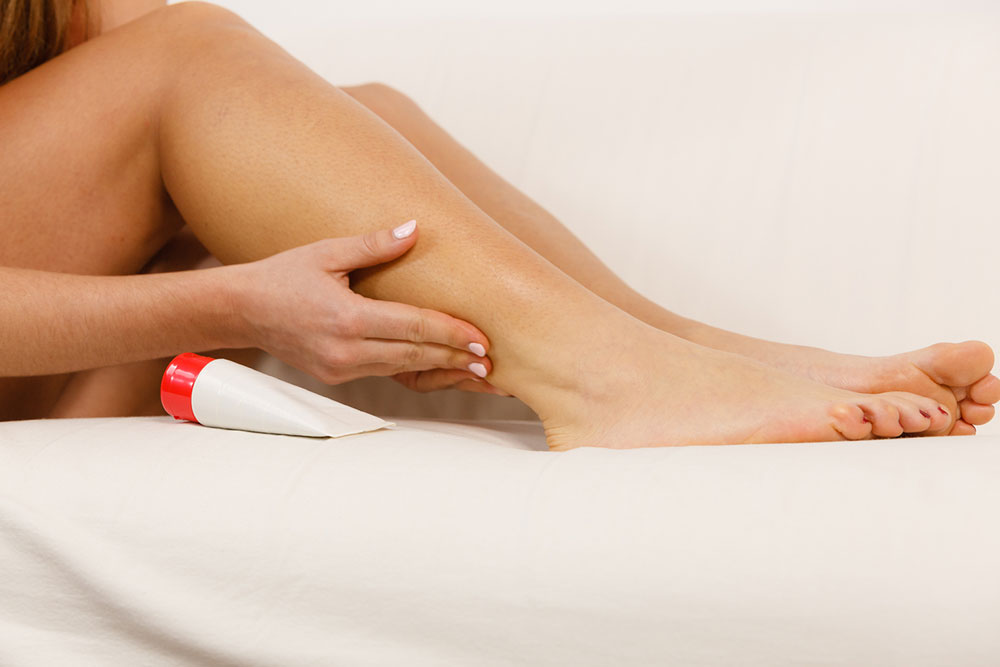
Understanding Shingles: Symptoms and Effective Management Strategies
Shingles is a viral condition caused by the varicella zoster virus, the same virus responsible for chickenpox. After initial infection, the virus remains dormant in nerve tissues near the brain or spinal cord. Years later, it can reactivate, leading to shingles. This illness typically manifests as a painful blistering rash, often appearing as a stripe on one side of the upper body. Vaccination is highly recommended to prevent shingles development.
Recognizable signs of shingles:
Localized pain, numbness, or tingling
Red rash with blister formation
Itching in affected regions
Skin sensitivity
Other symptoms may include fever, headache, fatigue, and light sensitivity. Pain often precedes rash development and can be intense. Since shingles frequently occurs on the torso, it may be mistaken for heart or lung issues. The rash can also appear around the eyes or face, requiring prompt attention.
Management Approaches for Shingles:
Prescription Medications: While there’s no cure, antiviral drugs like famciclovir and acyclovir can lessen symptom severity and duration. Anti-inflammatory drugs such as ibuprofen help reduce swelling and discomfort, with analgesics used for pain relief. Antihistamines can alleviate itching, and topical numbing agents provide additional relief. Capsaicin-based treatments may reduce nerve pain after recovery.
Alongside medications, home remedies can help soothe symptoms:
Cool compresses: Applying a damp cloth reduces pain and itching; avoid ice packs.
Baking soda or cornstarch paste: Applied to itchy areas, then rinsed after 10-15 minutes.
Colloidal oatmeal baths: Soaking in lukewarm water with oats eases discomfort and keeps skin clean.
Dietary adjustments support immune health: including greens, eggs, lean meats, fish, and colorful fruits, while avoiding processed sweets and arginine-rich foods such as nuts and chocolates.
When should you see a doctor? If symptoms persist beyond 10 days, worsen, or if rash appears near the eyes (risking vision loss), medical consultation is crucial—especially for those over 60 or with weakened immunity. Multiple locations or prolonged symptoms also warrant professional advice.
Note:
This blog offers practical health information but should not replace professional medical advice. Always consult a healthcare provider for diagnosis and treatment of shingles or related concerns. The content presented is for educational purposes and may not cover all individual situations.

